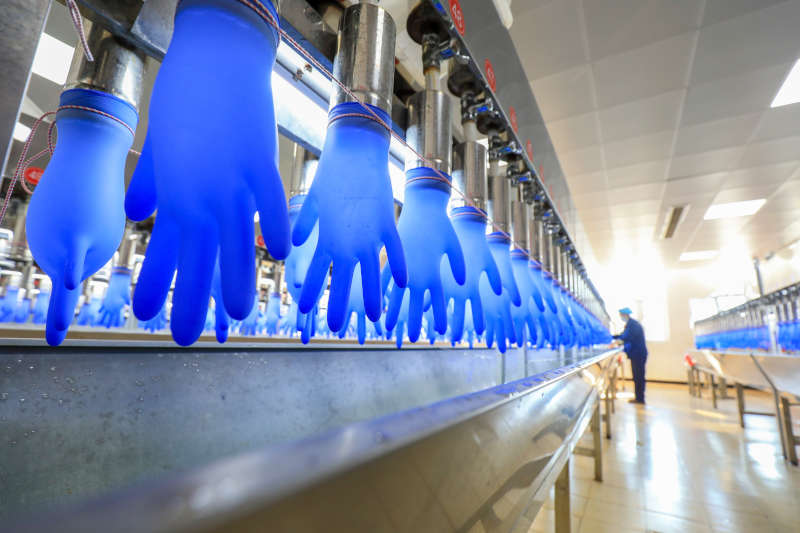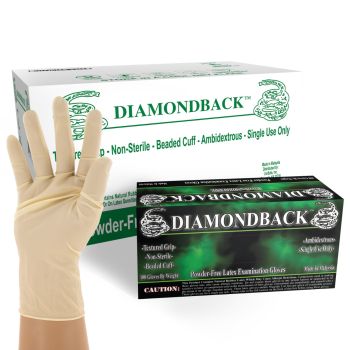The Secret to Superior Disposable Gloves: Why Double Dipping Beats High-Speed Production
The Secret to Superior Disposable Gloves: Why Double Dipping Beats High-Speed Production


When it comes to disposable gloves, whether nitrile or latex, quality matters more than anything else. Gloves are essential for maintaining hygiene and ensuring safety across industries like healthcare, food service, and manufacturing. But not all gloves are created equal, and a key factor behind glove quality lies in the production process.
One crucial difference? Double dipping versus high-speed single-dip production.
Double-dipped gloves feel more comfortable due to their unique compounding process. They’re softer, more pliable, and provide a more premium experience for the user. At Unisafe Gloves, gloves such as Glovezilla, Black Python, Copperhead, TopGrip HD, and Crowbar are manufactured using a double-dipping process, ensuring you get the best protection, comfort, and durability. Let’s dive into why this approach makes all the difference and how speed-focused production methods fall short.
What Is the Double-Dipping Process?
Double dipping is a manufacturing process where gloves are dipped into the raw material tank (e.g., nitrile or latex) twice. This process forms a more uniform coating on the gloves and leads to enhanced durability and barrier protection.
In contrast, high-speed production lines focus on maximizing output, often relying on a single, rapid dip in the material tank. While this method produces more gloves per hour, it compromises overall quality. For example, if an air bubble or other minor defect occurs during the first dip, the second dip in the double-dipping process can cover it—resulting in a glove that still performs as expected.
Benefits of the Double-Dipping Process
1. Enhanced Barrier Protection
The double-dipping process creates a better glove surface, improving its quality beyond thickness alone. This is especially important for industries where safety is non-negotiable, like healthcare or laboratory work.
In contrast, single-dipped gloves are more prone to microscopic inconsistencies that compromise protection.
2. Improved Durability
Single-dip production sacrifices durability for the sake of speed. While these gloves might pass initial quality checks and their thickness is the same as a double dipped glove their real-world performance is very often lower.
3. Long-Term Cost Savings
It might seem counterintuitive, but investing in higher-quality latex gloves and nitrile gloves made through a double-dipping process can save you money in the long run. These gloves are less likely to tear or fail, reducing waste and replacement costs.
High-speed production gloves often lead to frequent replacements, adding to operational expenses and wasted labor expenses from time spent changing gloves. Cheap isn’t always economical when you consider the hidden costs.
How High-Speed Production Affects Quality
The quest for speed and a low price comes with trade-offs. High-speed production lines prioritize output, reducing dwell time—the amount of time glove molds spend in the raw material tanks. This shorter dwell time results in gloves that also feel different than a double dipped glove.A double dipped glove is compounded differently and will also feel nicer in your hands.
The Bottom Line
When choosing disposable gloves, it’s crucial to consider more than just the price tag. The production process—specifically, whether the gloves are double-dipped or single-dipped—has a significant impact on their performance.
At UniSafe Gloves, we’re proud to offer gloves that don’t just meet expectations but exceed them. By opting for the double-dipping process, we ensure that every glove delivers the protection, durability, and comfort you deserve.



